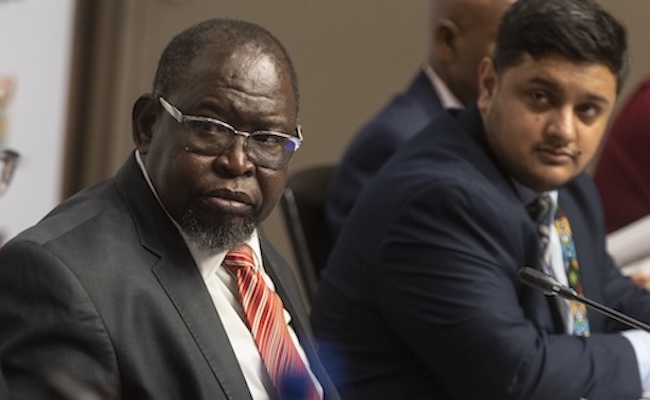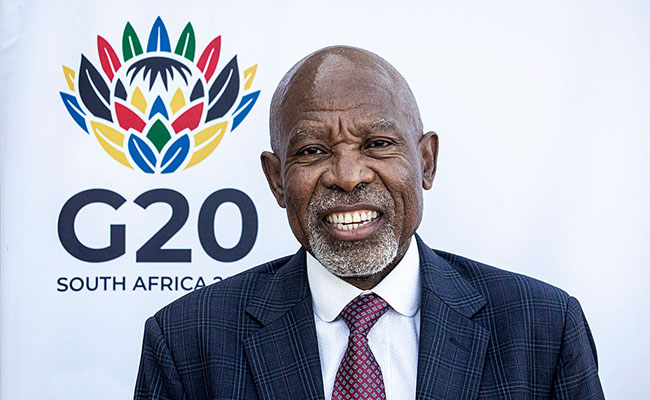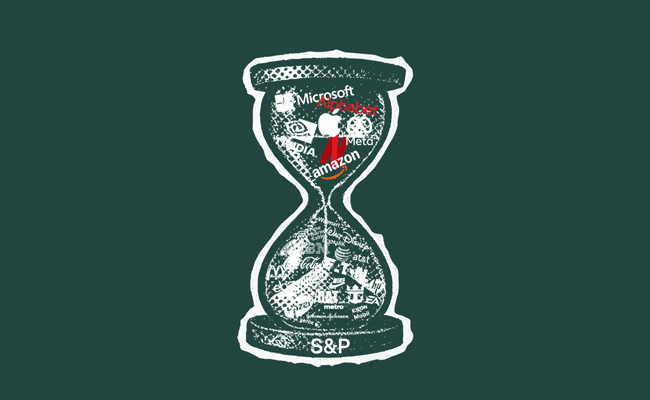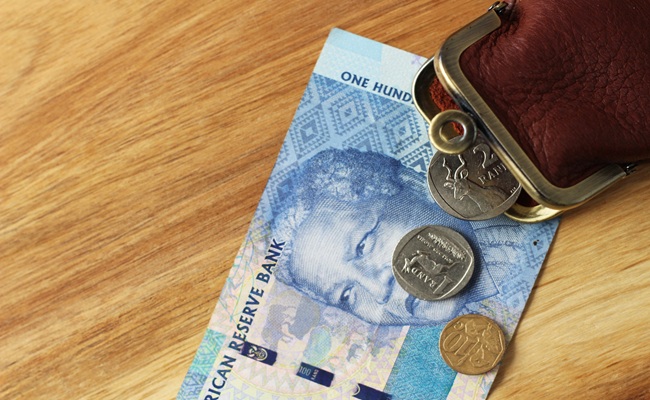It’s not exactly been a dream six months for packaging group Mpact where, despite a 3% rise in revenue to R6.4bn, operating profits fell by a quarter. No wonder the shares are bumbling along – down 8.26% year to date. The plastics business in particular saw profit go backwards, and there’s zero evidence of any economic uptick induced by President Cyril Ramaphosa’s economic wishful thinking.
And now there’s the sucker punch of 30% trade tariffs, which will have an outsized impact on South Africa’s agricultural sector, which Mpact supplies. Currency spoke to CEO Bruce Strong.
You said in your outlook that you continue to see good growth from the agricultural sector, especially citrus growers – but haven’t the US’s tariffs just blown a hole in those projections?
This was written with that in mind – knowing about the tariff regime. We are not pessimistic about that to the extent that one might imagine for the following reason: exports of citrus to the US are about 6% of the total, and on a regional basis it’s quite a big proportion of the Western Cape citrus market but on a national basis it’s not.
While our customers in the Western Cape are faced with this challenge currently, in that most of their boxes have been packed and are on the water to the US and they’ll get a lower price for them, what they do next year is going to be very dependent on where they can place the fruit.
Now, one of the reasons why they are the only region in South Africa that exports to the US is because they’re the only region that doesn’t have citrus blackspot, which the US is very strict about. So they have very good quality fruit and I’m confident they’ll be able to place it; it’s really what price they can get for the fruit.
It’s also important to remember that in the tariff regime, your absolute position is less important than your relative position – unfortunately it’s not great for us because our competing countries in citrus are Chile and Peru and they’ve both got 10% duties. But on balance, if you look at the rest of the world, it’s quite difficult to work out how the chips are going to fall.
I think South African producers have proved themselves over the decades at being quite resourceful, with zero support from government. We’ll make a plan but there will be pain in the short term.
Is it also the case that the fruit has to be packed, regardless? Or is that assumption incorrect?
There it’s interesting that, in the good years where there’s strong demand for fresh fruit, citrus is sold as oranges etc, but last year there was a big shift in the juice prices and a lot of citrus that would have been exported as fresh fruit was sold as fresh juice, and that doesn’t require the same level of packaging.
On the juice front, the price went up sixfold last year and it’s come off to 30% of that this year; and the biggest juice producer is Brazil, and they are facing a huge tariff of 50%. So there are a lot of things at play and a lot of producers that might have sent their fruit to Brazil as juice, in bulk, may no longer see the market having the same viability.
How big are agricultural products in the scale of Mpact’s overall business?
I would say it’s probably a third of our business and growing, because the biggest investment we’re making in the Mkhondo paper mill, of R1.3bn, is really geared toward that sector. We’re going to be making a virgin paper product that will be used in fruit boxes. And from a profit contribution it’s much higher because fruit boxes are generally bespoke and highly decorated, and for that reason of higher value.
It does sound like the department of agriculture has been quite good recently at helping open up other markets … Does that fill you with a bit more confidence?
I think the Citrus Growers’ Association is a good example of an entity that’s demonstrated over a number of years that it’s been able to develop markets effectively. A lot of the fruit that was anyway going to be coming on over the next year wasn’t destined for the established markets like Europe or the US – it was destined for Asia and the Far East. And those destinations require more stringent packaging designs because the travel is further, so that’s a good story for packaging.
As far as the paper business goes, are you always at the mercy of global paper dynamics and prices, which are on yet another downturn?
Well on the cartonboard side – from which your cereal boxes are made, for example – that stuff is completely exposed to the global dynamics of the paper industry, so we get hammered by imports when they come; it’s quite a hard business.
On the other hand, Covid sent a lot of our customers looking for more local supply because suddenly they were sitting without paper, so it’s been moderated to some extent and we are seen more as a regional market in that sense.
In this down cycle, which is one of the longest and deepest, it has been tough for that business. But the bigger part produces recycled containerboard at our Felixton mill and there we are globally competitive, and even in this down cycle we are making a good profit.
And we’ve got a very extensive investment into the collection of recyclables and that also puts us in quite a strong position – so that business, through the cycle – will make good returns.
The plastics business had a weak first half: profits there went from R64m to R7m, year on year. Is it especially exposed to the weakness of the South African market given that it makes products for the FMCG sector?
The plastics business is more and more being dominated, in our case, by our bins and crates, and that’s returnable transit packaging, and we’re seeing increasing demand and utilisation of those products. For example, this year there’s been tremendous growth in avo crates for export. And it’s not as exposed to the global cyclical ups and downs, and it’s becoming a bigger part of our business. Also the plastics business makes 80%-90% of its profit in the second half.
One of the seemingly eternal questions for investors is what Caxton, which owns 34.8% of Mpact, is going to do next? Is it difficult managing the company with a hostile lurker in the background?
I suppose I’m able to live my life in silos and in so far as I’m dealing with them as a customer, which they are, then I’ll deal with them as a customer; as a shareholder I’ll deal with them as a shareholder, and as someone who wants to take control without following the rules, they’ll be dealt with accordingly. At this stage there’ve been no major ructions in that area and we’ve been – I think – effective in getting on with running the business.
The challenge in these smaller-cap companies like ours comes in with liquidity, so you don’t have price realisation in the market. With 34.8% held by them and 11% by Golden Era, our other customer / competitor / competitor of Caxton, 45% of our market cap is now tied up.
Presumably nothing will change unless Caxton sells its stake? Can you see any way out of this scenario?
I think there’s always one way or another eventually … I think they’ve tried a certain approach that hasn’t worked, and every day we are for sale to the highest bidder. At the end of the day this is a dynamic market.
Top image: Mpact CEO Bruce Strong. Picture: supplied.
Sign up to Currency’s weekly newsletters to receive your own bulletin of weekday news and weekend treats. Register here.














